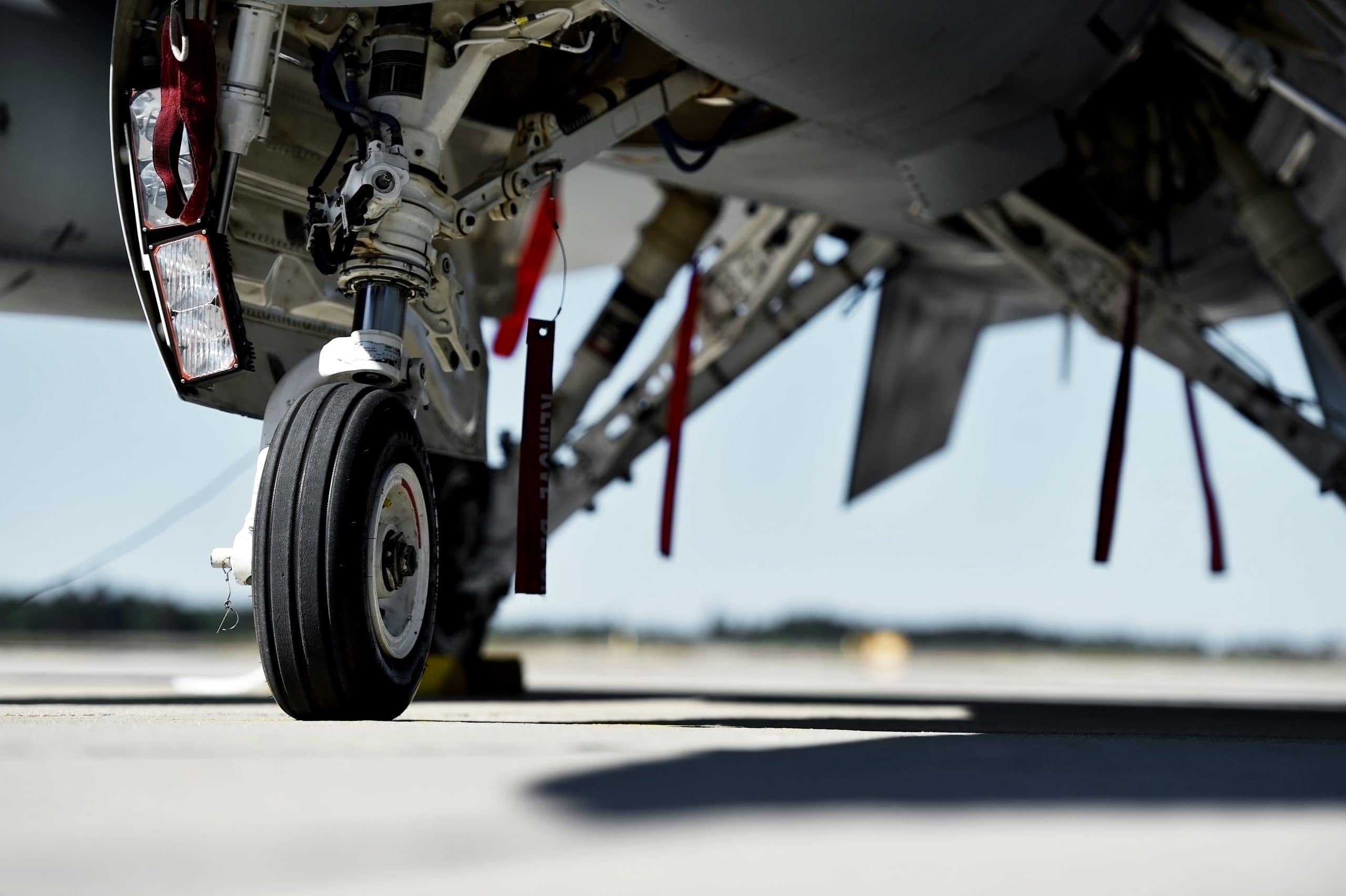Rubber is a very effective sealing solution for various industries, especially the aerospace industry. Rubber is frequently chosen for sealing due to its numerous advantageous properties. It is a strong material that maintains flexibility and optimal performance even in extremely high and low temperatures, which is essential to the aerospace industry.
Rubber has additional benefits, such as low chemical reactivity; low outgassing; and resistance to acids, bases, water, oil, and fungus. Additionally, rubber is easy to mold into various shapes and provides excellent insulation for electrical components. Throughout the aerospace industry, rubber seals are found in many applications, from engines and windows to the cockpit and cabin.
Top 5 Uses of Rubber Seals in the Aerospace Industry
Rubber seals and spacers are used widely throughout the aerospace industry in applications relating to both space exploration and aviation. Rubber extrusions, such as O-rings, are used in connectors and bleed air valves. Rubber is also used to produce T-seals; hatch seals and covers; tubing; as well as protective boots, bellows, and many other components. Let’s take a look at the top 5 applications for rubber seals in the aerospace industry.
Thermal Insulation and Protection
The aerospace industry requires equipment to function correctly at high altitudes, where temperature decreases significantly. In these challenging environments, rubber seals are a critical solution as they offer reliable protection and thermal insulation. During atmospheric reentry, high levels of friction occur which creates extremely high temperatures on the surface of the vehicle. Rubber seals can withstand these extreme temperatures, protecting inside passengers.
In the aviation industry, aircraft systems rely on pneumatics and hydraulics to operate components such as landing gear and wing flaps. These systems require rubber gaskets to keep out dirt and air and ensure aircraft components function correctly. Rubber is an optimal material for applications that require a compressible gasket.
Interior Components
Normal aircraft operation creates a significant level of noise and vibrations that could disturb passengers. When used on internal components, rubber seals provide a more comfortable and safe environment by significantly reducing these sounds and vibration levels. Rubber seals can be used on many interior components, from hatches to gaskets for LED lighting systems.
Ventilation
Rubber seals are found in HVAC seals, gaskets, and vent ducts throughout aircraft to provide ventilation. In commercial and military aviation, rubber seals are used to keep air from escaping the aircraft through gaps around windows and doors. This ensures that cabin pressure and oxygen levels remain stable and at appropriate levels.
Engine Components
Rubber seals’ high heat and corrosion resistance make them optimally suited for several engine-related applications. They are frequently found in several engine components, such as gaskets, to support the engine when it experiences high temperatures during lift-off. They also provide shock absorption and improve aircraft safety while reducing maintenance costs.
Additionally, aerospace turbine engine shaft seals function by sealing the main shaft bearing compartment and oil sump to ensure correct operation. Seals around aircraft firewalls are an essential aspect of the engine compartment. To protect passengers from an engine fire, a sturdy fireproof barrier is needed between the engine and the cockpit, and rubber seals are an important component of this barrier.
General Mission Critical Equipment
Throughout mission-critical systems, rubber seals’ fire-retardant and grounding capabilities make it an excellent choice to protect vital electronic components. Rubber seals are used to keep out environmental contaminants and are also used throughout motion control, communication, and navigation systems. Rubber seals can be used to seal instrument panels and other electrical systems in the cockpit. This helps protect printed circuit boards from the risks associated with extreme altitude.
Rubber Seals & Spaces from Thomas A. Caserta, Inc.
Lightweight but highly durable, rubber is a frequently chosen material for aerospace applications due to its reliable performance in challenging environments. Thomas A. Caserta, Inc. understands the unique needs of the aerospace industry and has been manufacturing high-quality rubber products for over 70 years. We are highly experienced at producing rubber seals and spacers with the level of precision that the aerospace industry requires. All of our products can be manufactured to precise specifications and are carefully crafted in the USA. To learn more about our products and services, contact us today.


